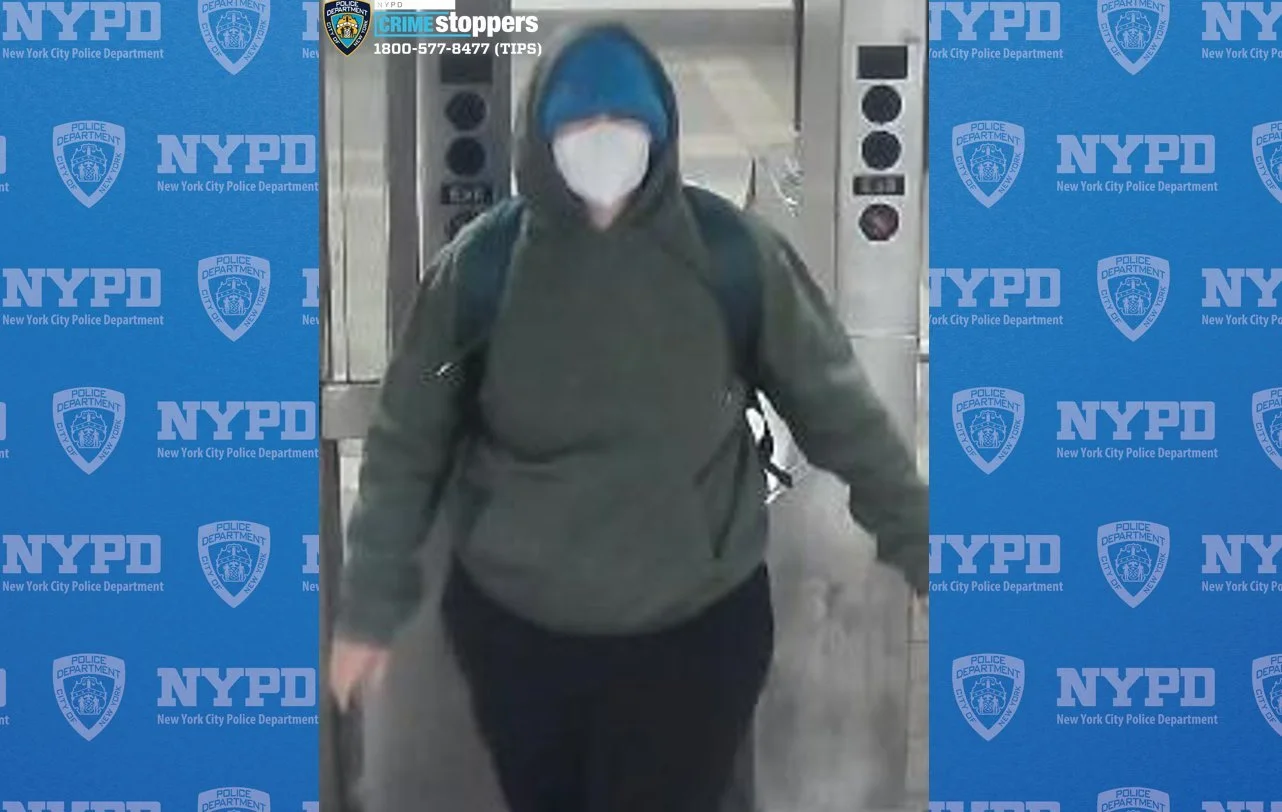NYPD Vehicles Targeted in Tire-Slashing Attack Amid Rising Protests
Executive Summary
An unidentified individual slashed the tires of approximately 30 NYPD vehicles in Midtown Manhattan on March 4, an act that has since been claimed in an anonymous communiqué circulated online. The message directly links the attack to opposition against police violence, immigration enforcement, and the expansion of carceral infrastructure. This incident occurs amid escalating tensions between law enforcement and activist movements, including recent pro-Palestinian demonstrations that have led to clashes with NYPD officers.
Analysis
According to the NYPD, the suspect used a sharp object to puncture the tires of nearly two dozen parked police cruisers near 30th Street and 7th Avenue, close to the department’s citywide traffic task force. Surveillance footage captured the suspect fleeing into the 33rd Street subway station, but no arrests have been made.
Shortly after the media reports, an anonymous communiqué surfaced online in which the perpetrator(s) described the attack as an act of resistance against the NYPD, equating the department to the “American wing” of the Israeli Occupation Forces (IOF). The message also referenced broader radical goals, including the abolition of police, jails, and U.S. immigration enforcement. The statement read in part:
“When you collaborate with ICE, your tires will collaborate with ice picks.”
This incident is part of a broader wave of anti-police and anti-state actions in New York City. The language in the communiqué aligns with rhetoric commonly seen in anarchist and radical activist circles, particularly in relation to the ongoing war in Gaza and domestic policing issues.
The tire-slashing follows a string of clashes between police and demonstrators, including the March 5 occupation of Barnard College’s Milstein Center by pro-Palestinian activists. The NYPD intervened after a bomb threat was called in, resulting in multiple arrests. The increasing frequency of direct actions against police infrastructure suggests growing tensions between law enforcement and activist movements in the city.


